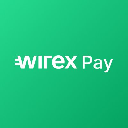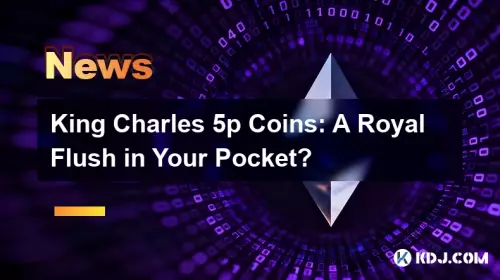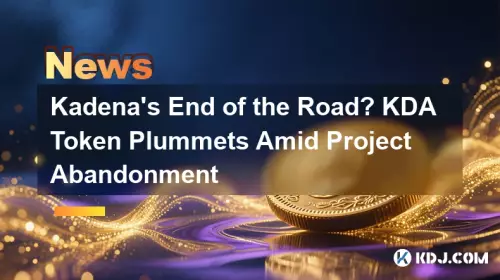 |
|
 |
|
 |
|
 |
|
 |
|
 |
|
 |
|
 |
|
 |
|
 |
|
 |
|
 |
|
 |
|
 |
|
 |
|
Blockchains generate a vast amount of public data. On Crypto Twitter, people constantly compare Blockchain A and Blockchain B, and investors, researchers, and opinion leaders (KOLs) have many metrics to reference when defending their viewpoints. However, the misuse of these numbers often obscures people's understanding of the field.

Blockchains generate a vast amount of public data. On Crypto Twitter, people constantly compare Blockchain A and Blockchain B, and investors, researchers, and opinion leaders (KOLs) have many metrics to reference when defending their viewpoints. However, the misuse of these numbers often obscures people's understanding of the field.
In today's 0xResearch article, we will explore three metrics and the issues surrounding them: active addresses, blockchain "profitability," and total value secured.
Active Addresses
"Active addresses" refer to how many active, paying users there are on a particular protocol.
"The Facebook has three billion monthly active users" is useful information that tells us something about this social network. Since spammers do not have enough profit opportunities to flood Facebook, active addresses are a good way to assess the platform's real value to consumers.
However for blockchains, the value of active addresses diminishes due to the ease of creating new wallets and the obvious opportunities to profit through airdrops or protocols.
For example, the following chart shows a clear case: Solana had the most daily active addresses in the past month, making it appear very active.
Most Solana users trade on decentralized exchanges (DEXs), so we need to closely observe the activity on DEXs. When we delve into the active addresses on Solana's DEX, we find that in the past day, most addresses—about 3.4 million out of a total of 4.4 million—had a lifetime trading volume of less than $10.
This suggests that due to Solana's low transaction fees, there may be a lot of spam or bot activity rather than a large number of "quality" users.
Here’s another example I mentioned earlier: Celo L1 (now L2) saw its daily active addresses for sending stablecoins surge to 646,000 in September. This number surpassed Tron, attracting the attention of Vitalik Buterin and CoinDesk.
Upon deeper analysis, Variant Fund data analyst Jack Hackworth found that 77% of Celo addresses transferred amounts of less than two cents, primarily because thousands of users were claiming small amounts of funds through a universal basic income protocol called GoodDollar. In both cases, active addresses indicated high usage, but upon closer examination, this assertion does not hold.
For more related information, you can refer to Dan Smith's research, which focuses on the misuse of daily active addresses.
Blockchain Profitability
Instead of focusing on active addresses to study blockchain activity, it is better to look at network fee metrics. Fees reflect the total gas consumption of using the protocol, without considering the issue of "quality" users.
Fees are often used by analysts and investors to determine which blockchains generate the most "revenue." We then consider the token issuance paid to validators as a cost. The result is the blockchain's "profitability."
This is how Token Terminal generates "financial statements" for crypto protocols. For example, the chart below shows that Ethereum L1 has accumulated millions of dollars in losses over the past two months.
The only issue is that this calculation does not take into account a key factor: unlike PoW chains (like Bitcoin), users on PoS chains can also easily earn token issuance rewards.
After all, if I can earn a 5% ETH/SOL staking yield from liquid staking platforms like Lido or Jito, why should I care whether the network is "unprofitable"? Therefore, concluding that "Ethereum is unprofitable" by treating token issuance as a cost is problematic.
In the real world, inflation is harmful because when central banks print money in large quantities, the increased money supply reaches different participants in the economy at different times, and those who receive the new money first benefit before "real" price adjustments occur. This is known as the Cantillon Effect.
In the PoS blockchain economy, this is not the case, as inflation (i.e., token issuance) is received simultaneously by everyone. Therefore, no one becomes richer or poorer because of it—everyone's wealth remains unchanged.
Instead, we can consider using the Real Economic Value (REV) as an alternative metric. REV combines network fees and MEV tips given to validators but does not treat token issuance as a cost.
Based on this, we can see that Ethereum has actually been profitable over the past two months:
REV can be said to be a better metric for assessing the real demand of the network and is a revenue metric that is more comparable to traditional finance (TradFi).
In summary, traditional profit and loss accounting methods are not easily applicable to blockchains.
For more information on this complex topic, you can listen to the recent Bell Curve podcast featuring Jon Charbonneau.
Total Transaction Value (TTV), Not Total Value Secured (TVS)
Oracles are the key infrastructure for blockchains to obtain off-chain data. Without oracles like Chainlink, the blockchain economy cannot reliably reflect real-world
Disclaimer:info@kdj.com
The information provided is not trading advice. kdj.com does not assume any responsibility for any investments made based on the information provided in this article. Cryptocurrencies are highly volatile and it is highly recommended that you invest with caution after thorough research!
If you believe that the content used on this website infringes your copyright, please contact us immediately (info@kdj.com) and we will delete it promptly.






























































